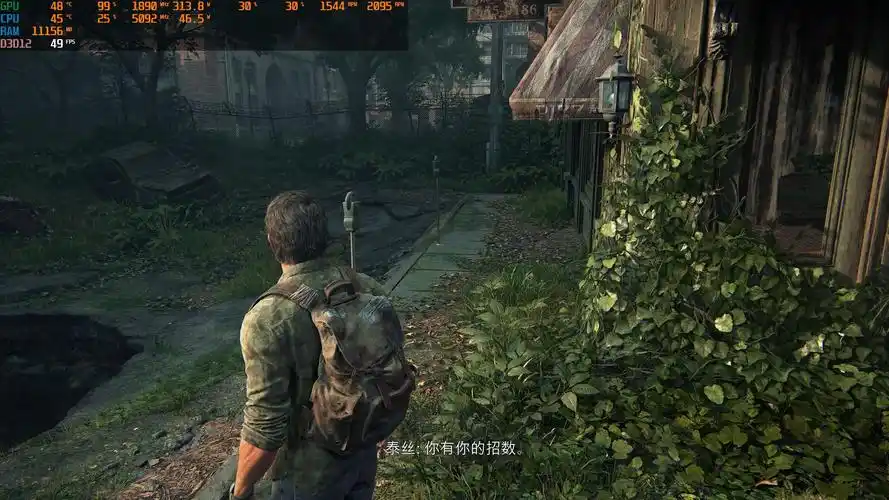Title: Navigating New Challenges: The Parking Lot Sign Installer Simulator VR Place Missions Update

Virtual Reality (VR) continues to redefine simulation gaming, offering immersive experiences that blur the lines between the digital and physical worlds. Among these innovative titles, Parking Lot Sign Installer Simulator VR has carved out a unique niche, captivating players with its surprisingly engaging and meticulous gameplay. The latest update, dubbed the "Place Missions Update," elevates this experience to new heights, introducing a layer of strategic depth and realism that promises to enthrall both veterans and newcomers alike. This update isn’t just a handful of new levels; it’s a fundamental expansion of the game’s core philosophy, transforming it from a simple installation sim into a complex puzzle of urban planning and client management.
Before diving into the new content, it’s crucial to understand the game’s baseline appeal. Parking Lot Sign Installer Simulator VR tasks players with the seemingly mundane yet oddly satisfying job of installing parking signs. Using motion controllers, players physically drill into virtual posts, bolt up signs specifying parking rules, and ensure everything is level and secure. The core gameplay loop is a masterclass in VR tactile feedback, making the act of using a power tool and hearing the satisfying click of a perfectly placed sign incredibly rewarding. It’s a game about order, precision, and the quiet pride of a job well done.
The Place Missions Update builds upon this solid foundation by introducing a new game mode: Strategic Placement Contracts. This mode moves beyond following pre-determined blueprints and instead challenges players with open-ended objectives. Clients, now represented by more distinct characters with specific personalities and needs, present you with a problem, not a solution.
For instance, a frantic shopping mall manager might hire you to "reduce customer complaints about parking violations." You are given a budget, a van full of various signs (e.g., "Customer Parking Only," "2-Hour Limit," "Loading Zone," "Disabled Parking"), and dropped into a large, busy parking lot. Your mission is to survey the area, identify traffic flow patterns, pinpoint problem areas where cars are incorrectly parked, and devise an effective sign plan. This is where the update truly shines. You must consider sightlines—will a driver see the sign in time? You must avoid sign overload—too many signs create confusion. You must strategically place restrictive signs to maximize space efficiency without alienating customers.
This new mode incorporates light resource management. Different signs have different costs, and your client’s budget is not infinite. Choosing to install an expensive, illuminated overhead sign for a crucial intersection might mean you can only afford standard post signs for the rest of the lot. Do you opt for a few high-impact placements or blanket the area with cheaper options? These decisions have tangible consequences. Upon completing your installation, the game enters a simulation phase where virtual cars populate the lot. Your success is measured by metrics like violation rates, traffic flow efficiency, and a final client satisfaction score. Failing a mission might mean you misinterpreted the lot’s dynamics, perhaps placing a "No Parking" sign where a "Loading Zone" was desperately needed.
The update also enriches the core gameplay with a new Advanced Toolset. To handle these complex placements, players now have access to a laser distance measurer and a digital angle finder. These tools aren’t just for show; they are essential for planning. You might need to ensure a series of signs are placed at exact 50-foot intervals or confirm that an overhead sign is perfectly perpendicular to the road for maximum visibility. This adds a layer of professional authenticity that simulation enthusiasts will love.
Furthermore, the Visual and Audio Overhaul that accompanies the Place Missions update cannot be understated. The new client locations are more vibrant and diverse. You’ll work in a rain-slicked corporate park at dusk, a dusty suburban supermarket at noon, and a cramped multi-story car park with low lighting. Each environment presents its own unique challenges, affecting visibility and ambiance. The sound design has been deepened, with more nuanced audio cues—the distant hum of traffic, the specific echo of a drill in an enclosed garage, and the satisfying, weighty clunk of a metal sign being slotted into place.
Beyond the new missions, the update adds a Custom Sandbox Mode. After proving your skills in the Contract missions, the Sandbox mode unleashes your inner urban planner. Players can design parking lots from the ground up or modify existing ones, setting their own rules and challenges. This mode has immense replayability and community potential, allowing players to share their most efficient (or most diabolically complex) parking lot designs online.
In conclusion, the Place Missions Update for Parking Lot Sign Installer Simulator VR is a monumental step forward. It successfully transforms a novel, tactile simulation into a deeply thoughtful and strategic experience. It respects the player’s intelligence, asking them to think like a planner and problem-solver, not just a manual laborer. By integrating client needs, resource constraints, and performance metrics into the core loop, the update delivers a profoundly satisfying sense of accomplishment. It’s no longer just about installing a sign correctly; it’s about designing a system that works. This update firmly establishes the game not as a quirky novelty, but as a standout, must-play title in the VR simulation genre.


















